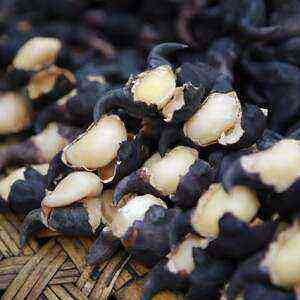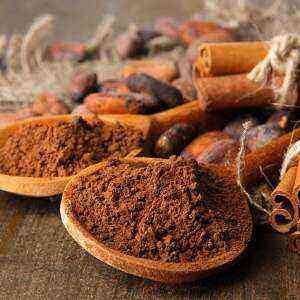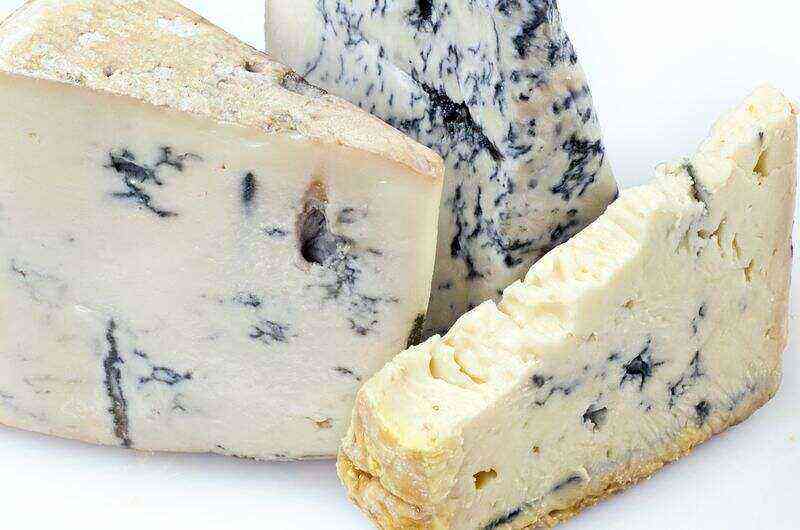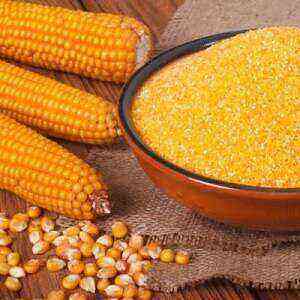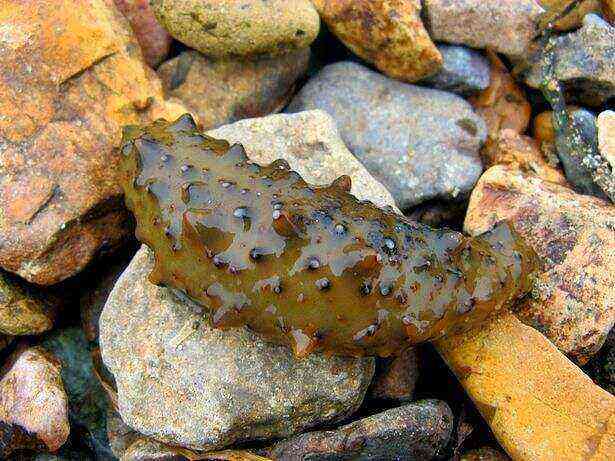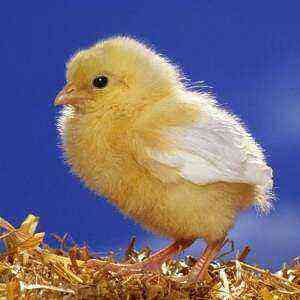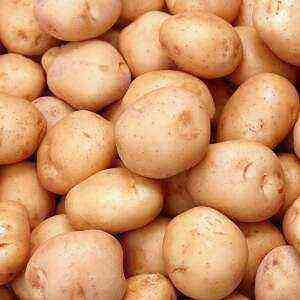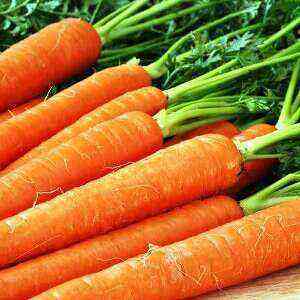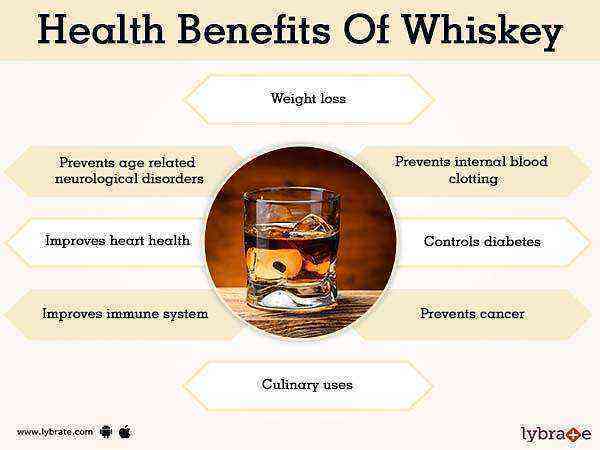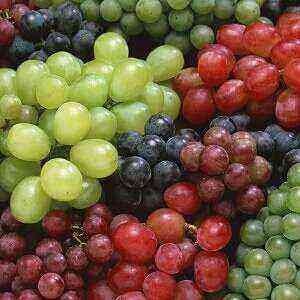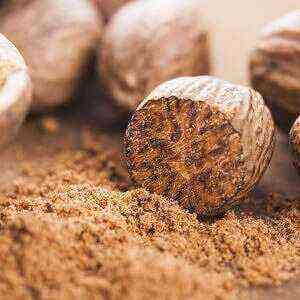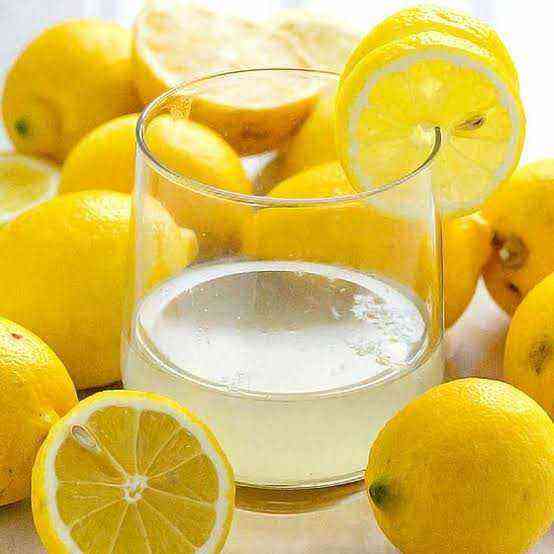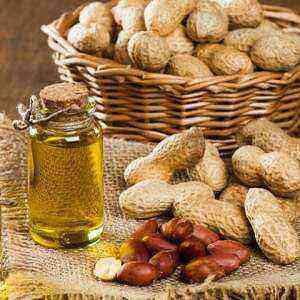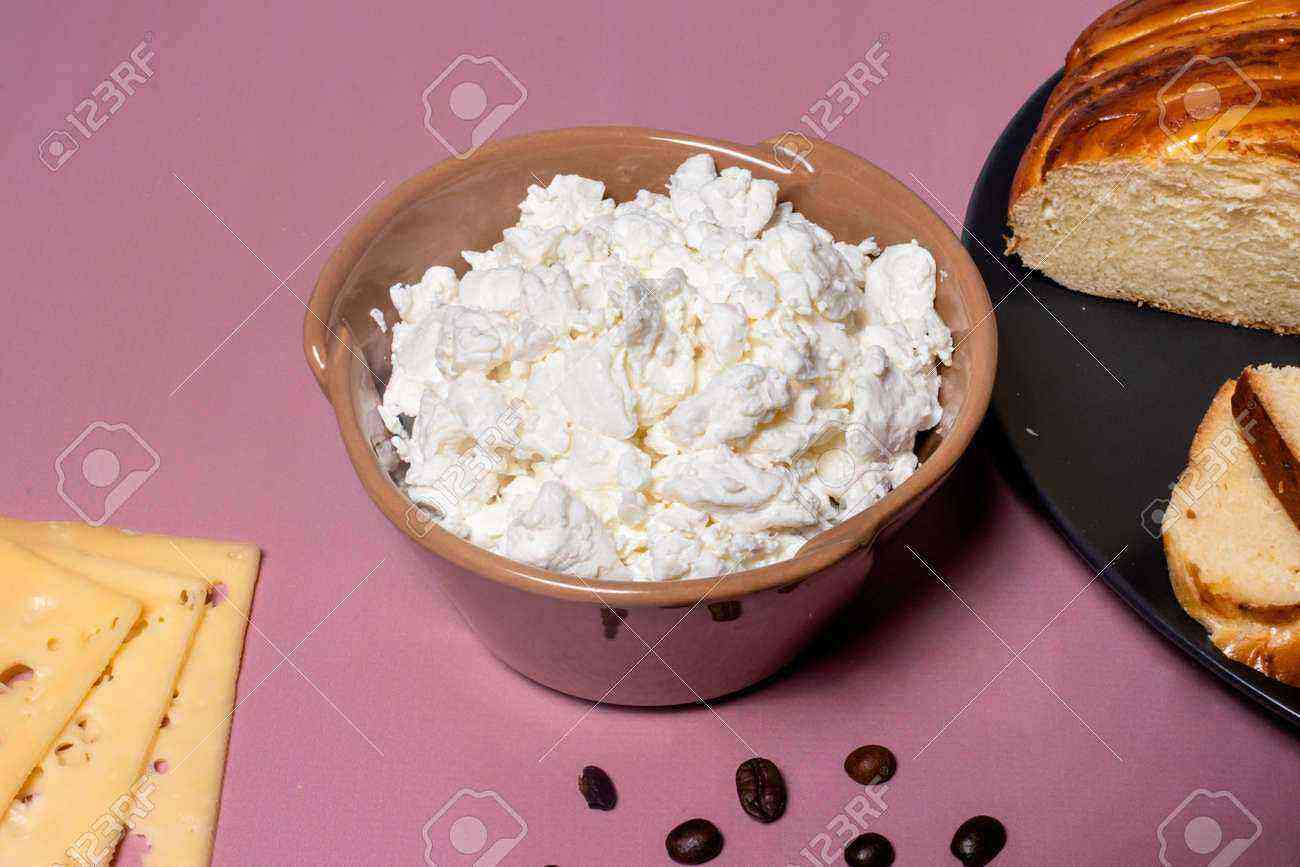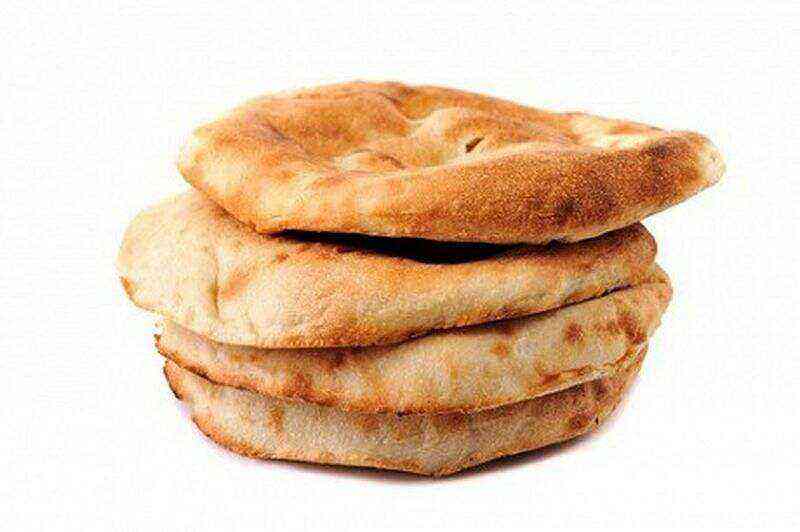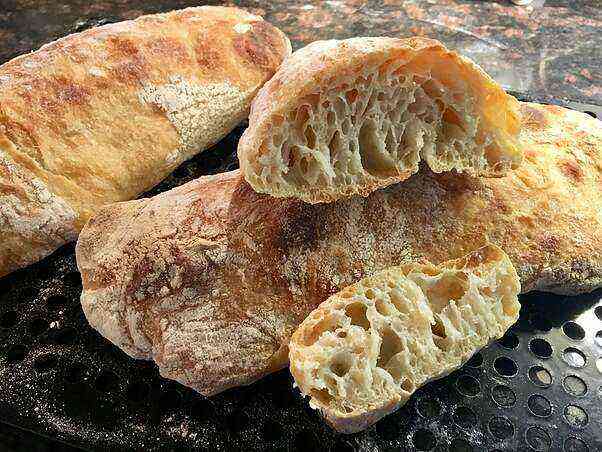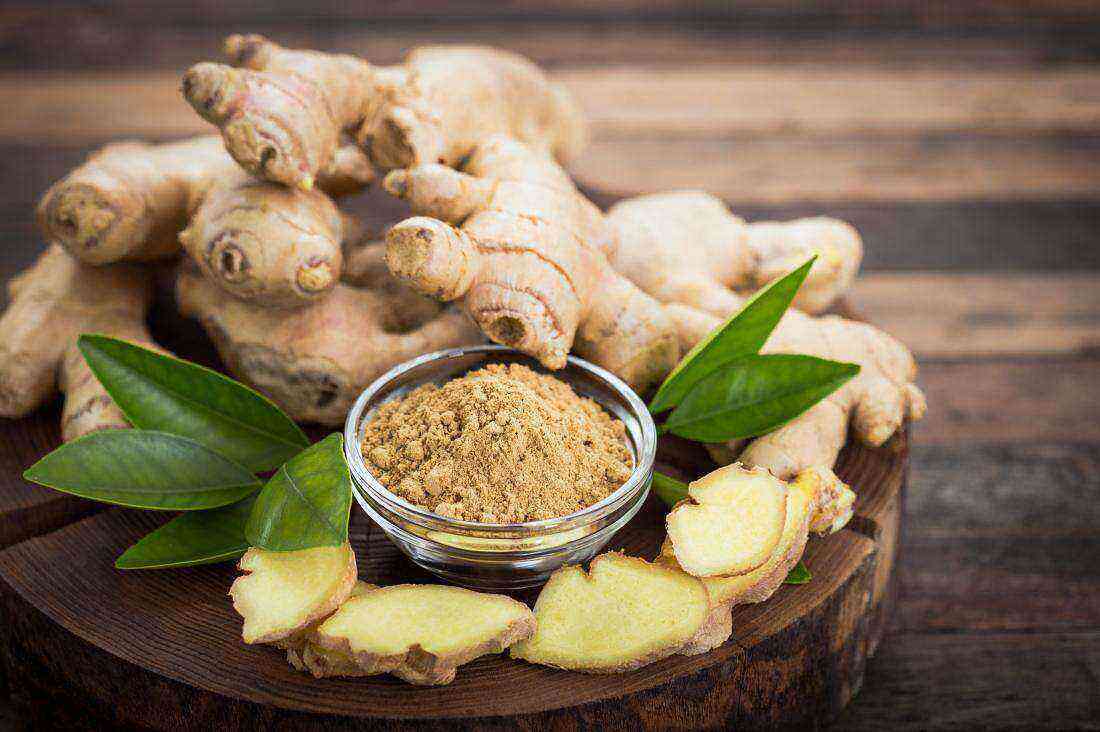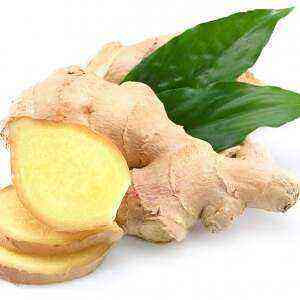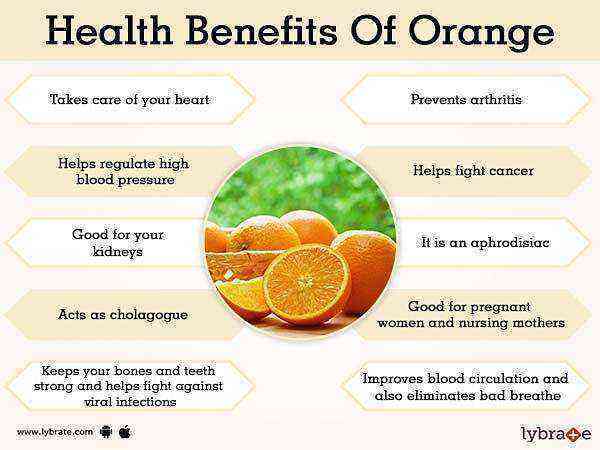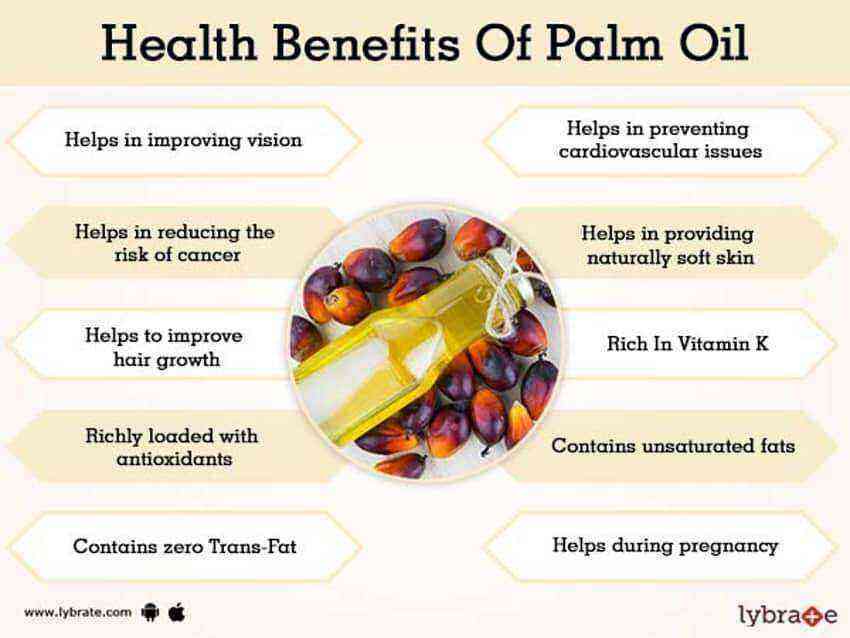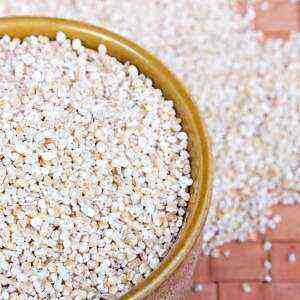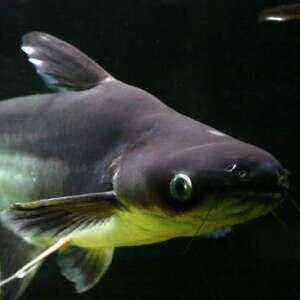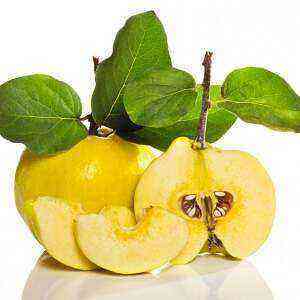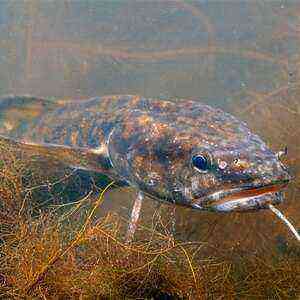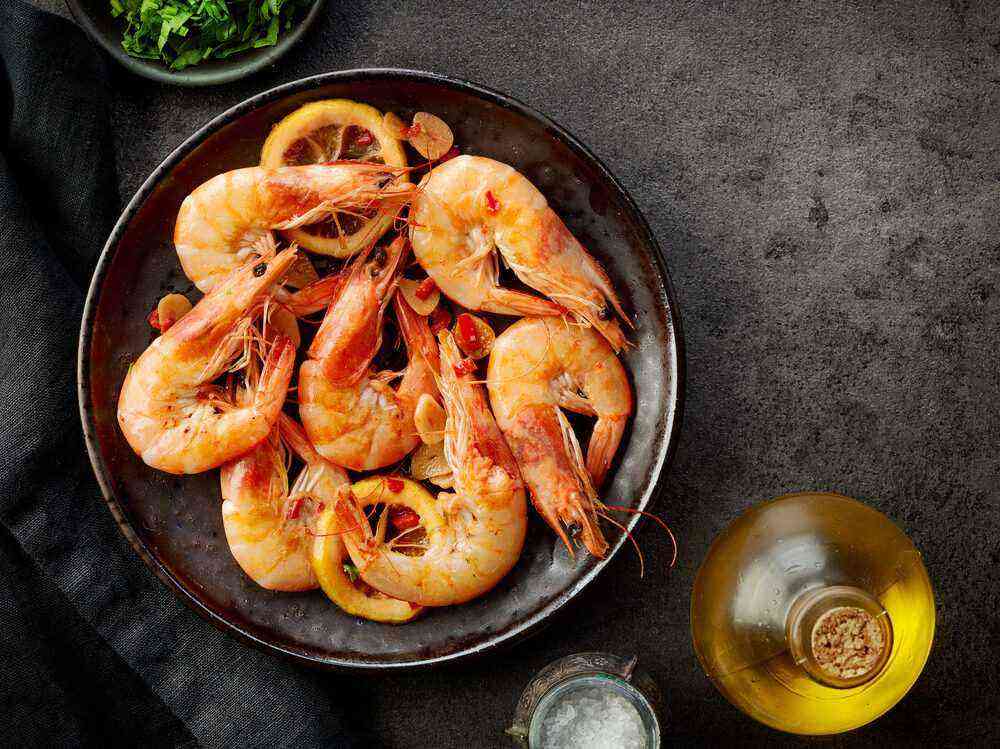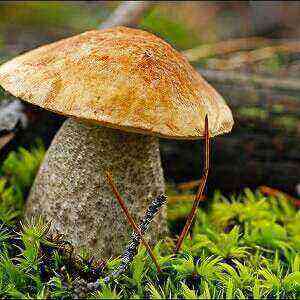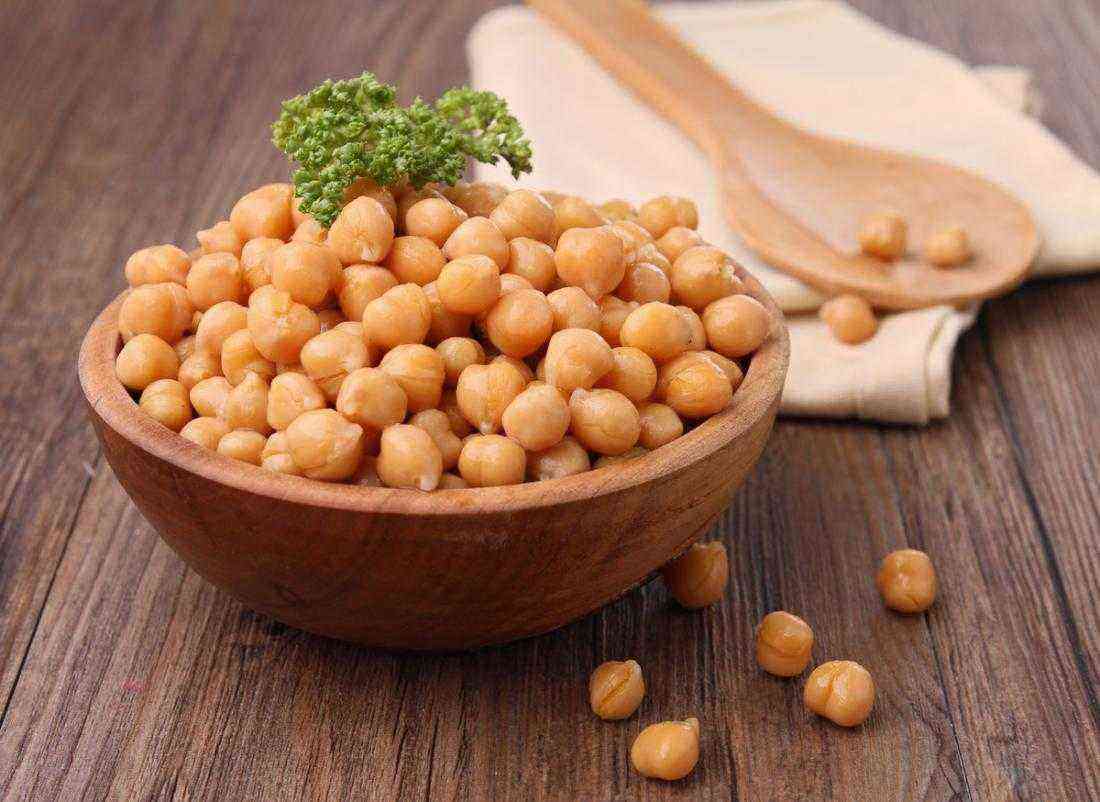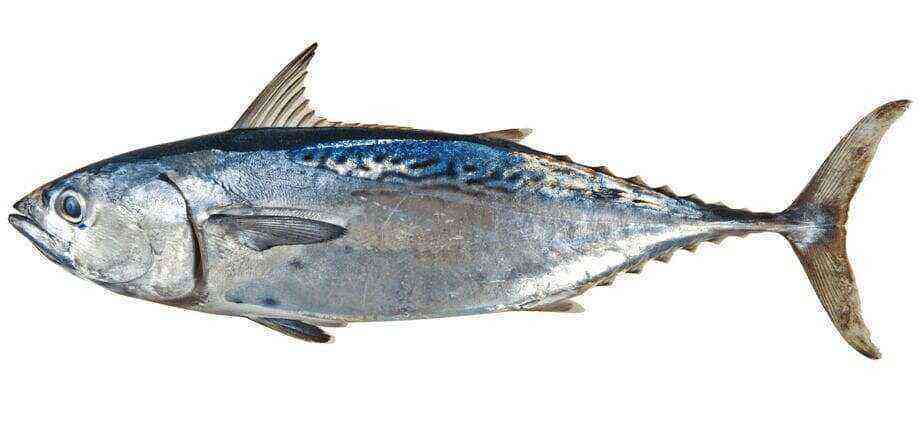
Jason Bird
Legend has it that Europe learned about pheasants thanks to the mythical Jason. In search of the golden fleece, he found a bird of extraordinary beauty with bright plumage and took it with him from the territory, which today is Georgia. By the way, suggest that the name of the bird comes from the name of the river Phasis. In ancient Greece, pheasants easily adapted to new conditions, and then quickly spread the lands of Europe. For many years, these bright birds served as a lively decoration for the Hellenes, and in the East they were considered sacred.
It is said that the British were the first to take the chance to try pheasant meat. And it looks like they liked the new product very much, because already in the 16th century the first pheasant farms appeared. And in the XIX century in Russia, pheasants became a very good way to make money: the demand for these bright birds was more than high. And though at first Russia was fascinated by common pheasants, soon their place on the farms was taken by hunting ones. Breed these birds in Russia today, and besides it, in the countries of Western and Southern Europe, in China, Korea, Vietnam, in the Caucasus.
Experts divide pheasants into two groups: ordinary and green. The first – a combination of more than three dozen subspecies of birds, which are classified according to the principle of the area of distribution. Another five subspecies are representatives of green birds. But in the wild, the way of life of representatives of different subspecies is very similar. They feel great in the fields, among the bushes, in the thickets of reeds or in the underbrush. Their regular menu consists of seeds, insects, and even small reptiles and mice.
The pheasant is a hunter bird, and at home it is kept in an aviary. The mating season and egg-laying in pheasants occur in the middle of spring.
Starting from April to June, females lay one or two eggs daily, for the season – up to 50 pieces. However, in conditions of captivity, the hens rarely sit on the eggs, so in order to get offspring one has to resort to the help of incubators.
How to recognize a pheasant’s egg
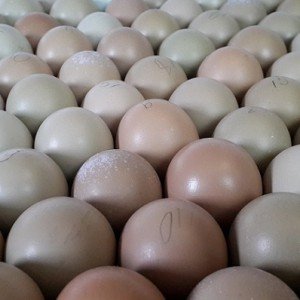
Nutritional characteristics
Did you know that small pheasant eggs contain almost calories more 4 than chicken eggs? Nutritionists have calculated that 100 grams of pheasant product is contained within 700 kilocalories, as well as more 6 grams of proteins, almost 71 grams of fat, and 4,5 grams of carbohydrates.
But as they say, not a single calorie content. The delicacy contains a set of micro and macro elements, consisting of iron, calcium, potassium, copper, magnesium, fluorine, selenium, zinc. And each of these elements plays a key role for a particular system or organ. It is also important to know about the rich vitamin composition of the product. It contains vitamins A, D and the almost complete composition of B vitamins.
Nutritional value at 100 g
Calories 700 kcal Proteins 6,5 g Fats 70,7 g Carbohydrates 4,3 g Vitamin A 0,04 mg Vitamin B1 0,01 mg Vitamin B2 0,2 mg Vitamin B3 0,003 mg Vitamin B4 70 mg Vitamin B5 0,5 mg Vitamin B6 0,4 mg Vitamin B9 0,008 mg Vitamin B12 0,002 mg Vitamin E 0,5 mg Sodium 100 mg Potassium 250 mg Calcium 15 mg Magnesium 20 mg Phosphorus 200 mg Chlorine 60 mg Sulfur 230 mg Zinc 3 mg Iron 3 mg Iodine 0,007 mg Molybdenum 0,012 mg Fluorine 0,063 mg
Useful Properties
The rich vitamin and mineral composition of pheasant eggs is useful for weakened organisms, for children during growth, for people after an illness who are engaged in heavy physical or mental work. Proteins and yolks rich in beneficial components quickly restore strength and strengthen the body. They are useful after emotional shocks, but undesirable for obesity.
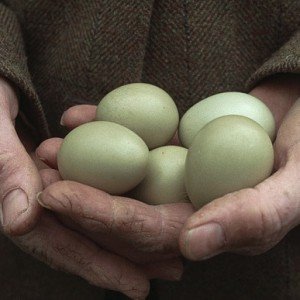
The advantages of pheasant eggs
Have a high satiety index
Being a rich source of high quality protein and important healthy elements, this delicacy quickly satisfies hunger. It is considered the best option for a nutritious breakfast or a snack to recuperate throughout the day.
Prevent iron deficiency
Many people already at the initial stage of anemia experience fatigue, headaches, irritation. Iron is a carrier of oxygen in the blood and plays an important role in maintaining immunity and a healthy metabolism. The yolk contains rich reserves of this beneficial substance. By the way, according to researchers, in pheasants’ eggs, iron is represented in one of the most easily digestible forms by the body.
Protect against beriberi

Helps healthy brain work
Choline, also known as vitamin B4, is an important substance for the brain. It contributes to the proper development of the brain in children and supports cognitive functions in old age. Pheasant eggs are a good source of choline.
Strengthen hair and nails
Hair and nails reflect a biochemical imbalance in the body. Pheasant protein and yolk are known to be high in amino acids, minerals and vitamins. By adding this product to your diet, you can significantly improve overall well-being, as well as ensure a healthy look for nails and hair.
How to cook
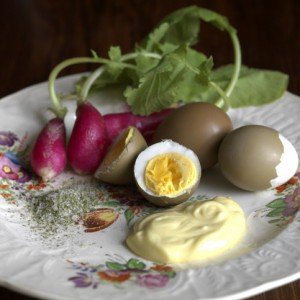
This type of eggs is cooked like regular chicken. They can appear on the table in boiled or fried form, they are added to salads, used to make sauces, desserts and dough. Depending on the variety of birds that laid eggs, they may differ somewhat in taste, although in the finished dishes, this difference is almost imperceptible. For most pheasant eggs, pronounced taste is not peculiar.
Compared to chicken, in pheasant eggs, the yolk in the proportional ratio is slightly larger, and the protein is more tender in consistency. Unlike duck eggs, boiled protein of which is “rubber”, pheasant product is perfect for hard boiled or soft-boiled cooking. But before cooking, it is advisable to rinse the shell under warm running water. This will minimize the potential infection of the yolk or protein by bacteria living on the outer shell. For the same reason, it is undesirable to use the product in its raw form.
Cosmetology Benefits
Pheasant eggs are good not only on the table in the form of a mouth-watering dish, but also as a component of natural cosmetics. This product is extremely rich in nutrients that hair, nails and skin also need. Therefore, cosmetologists recommend including raw eggs in face and hair masks.
If you beat one egg and a little fat cream, you get a mask for dry, flaky skin. From lemon juice, olive (or other) oil and a pheasant product, a homemade anti-aging skin preparation is prepared. A mixture of honey, yolk and vegetable oil revitalizes dull hair.
Some suggest that the fabulous firebird is a well-known pheasant. Although ornithologists rush to clarify: only males boast a bright “decoration”, and their girlfriends are of a modest gray-brown color. The benefits of laying hens are different – they give people tasty, nutritious and healthy eggs.


